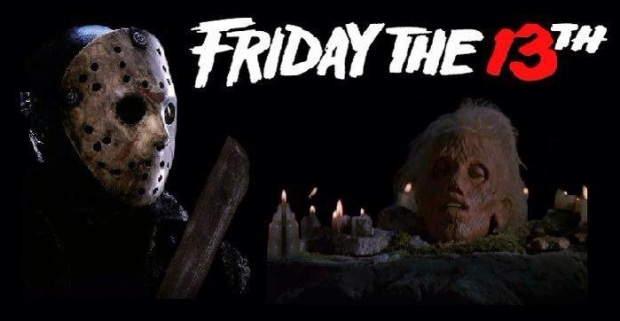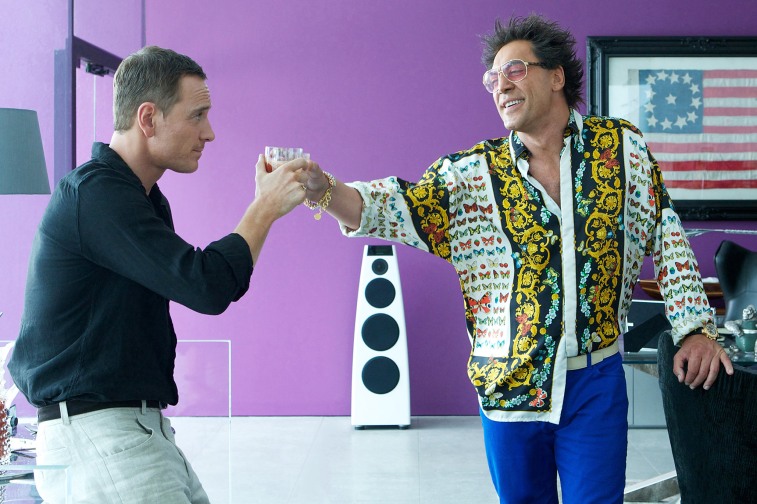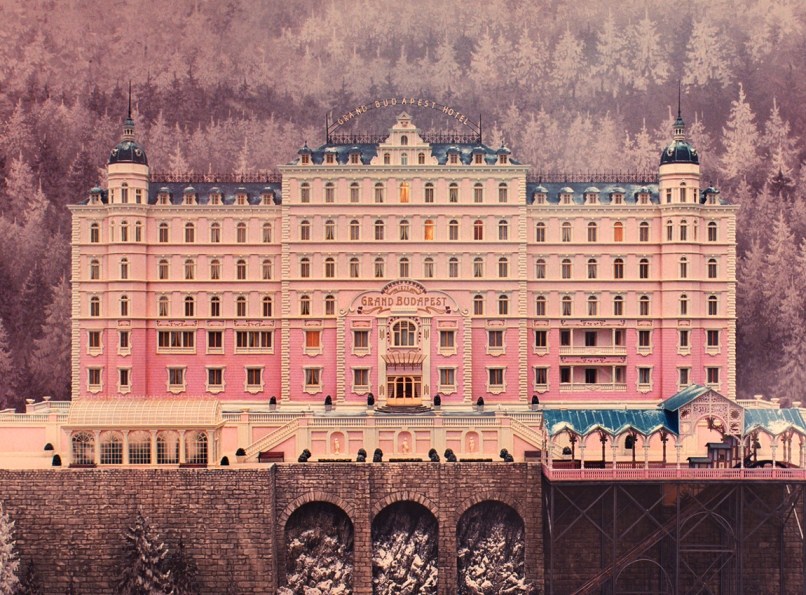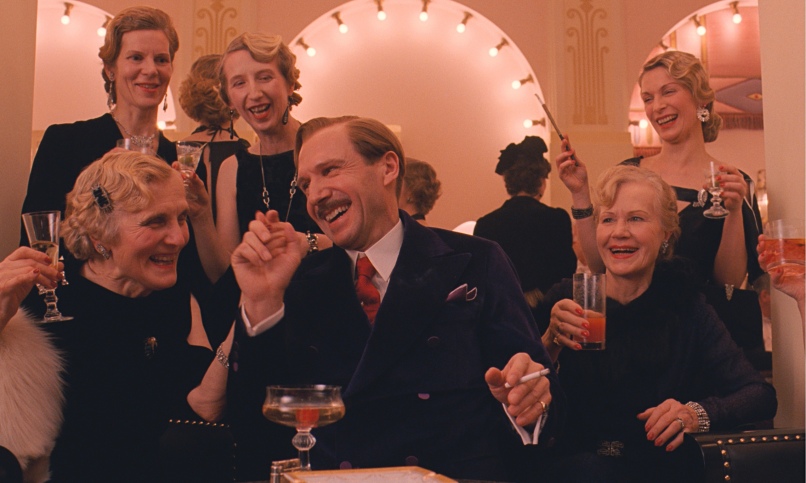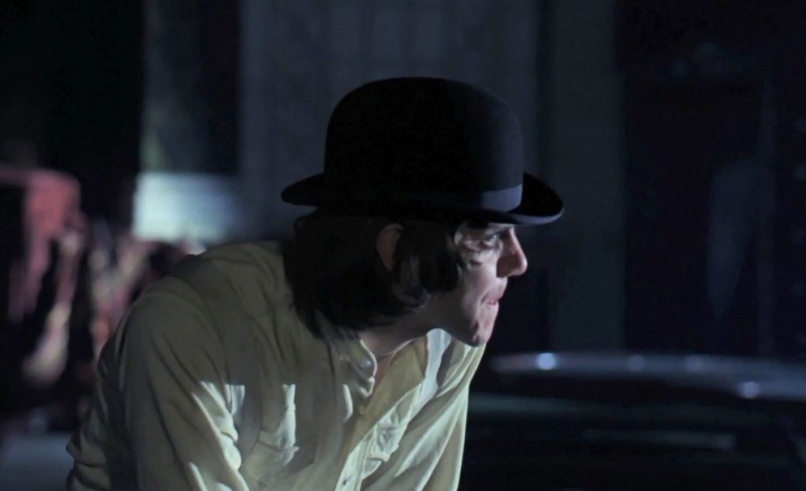Growing up with an Eagles fan for a dad meant somewhere behind Hello, Mom, and see-at (who knows?!) Philadelphia was one of my first words. Alright so I couldn’t say it properly, but it goes to show I’ve been raised with a strong love and passion for The City of Brotherly Love. It’s ingrained in me.
But once my strong love of film kicked in, it was all about New York though. I started drooling over the Big Apple and begged my mom to let me rent every movie from the video store that was set in NYC. Ghostbusters, Three Men and a Baby, Sleepless in Seattle (a lot of it is set in New York, don’t let the name confuse ya!), Home Alone 2, The Usual Suspects, and of course Teenage Mutant Ninja Turtles were a few of my favorite showcases of the city as a little one.
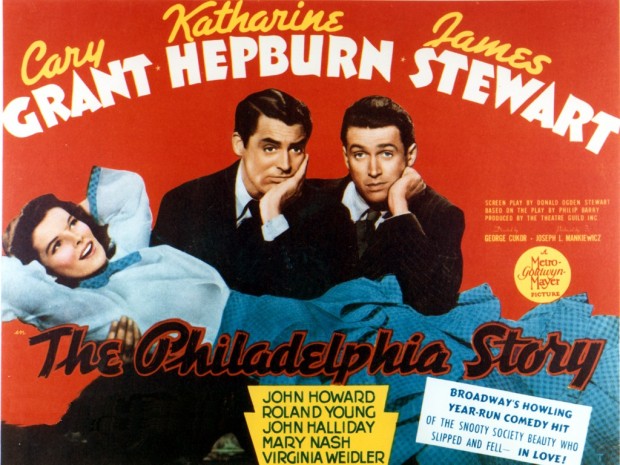
But fast-forward a few years to The Sixth Sense, and suddenly the iconic and unmissable skyline of Manhattan faded away and the slightly more interesting and certainly more unassuming streets of Philly became immediately fascinating to me. My new mission was to dig out movies set in Philadelphia — which, was surely going to be so simple seeing as there were already two in my mom’s collection at home, ‘Philadelphia’ and ‘The Philadelphia Story’. These filmmakers were making it so easy for me to live vicariously in this exciting place through my new favorite movies.
Now, I can’t claim to have seen them all but I can say I have given it a good go. And as a celebration of one of my favorite cities in the world, and my favorite film location, I’ve picked the best of the bunch. A love letter to Philly, on the silver screen…
Philadelphia. Well, we might as well start with the obvious one — Absolutely no prizes for guessing where this movie is set, but the film itself gets top marks for being the only movie to this day that has made my dad cry (or so he claims!). When I set out on my quest to watch every film ever made that showcased Philly in some way or another, this was the first one I picked out — I was sure I was in safe hands. It’s a beautifully tragic tale that is acted intricately and to perfection and the city’s backdrop is really just that, this film is all about the story.
Rocky. Is there a man, woman, child or dog alive that hasn’t seen Rocky? Or, in fact, is there anyone out there who hasn’t gone for a run, listened to Eye of the Tiger and pretended they were Rocky Balboa? Didn’t think so! Those famous steps Rocky climbs in that unforgettable training montage? They lead right up to the Philadelphia Museum of Art — and a bronze statue of Stallone’s Rocky now sits at the bottom of those very steps.

Witness. My Mom’s favorite movie of all time, which all kicks off in Philly’s 30th Street Station. It’s not long before Harrison Ford’s tough-as-old-boots cop John Book ends up living in an Amish community in deepest darkest Pennsylvania in order to protect a little boy who witnesses a murder in said station.
Twin Peaks: Fire Walk With Me. Twin Peaks might be (one of) my favorite thing of all time, and what makes it so incredible is the eccentric and original characters of the small town of Twin Peaks. But for the movie, David Lynch switched things up a bit and got the FBI headquarters in Philadelphia involved. And if you asked me, it worked.
The Sixth Sense. M Night Shyamalan was raised in Philadelphia so it makes sense that he’s chosen it to be the location for many of his films. This was the one that kicked it all off for me when as a ten-year-old I assumed I was watching yet another movie set in New York, I discovered I was dealing with a whole different kettle of fish — and if you ask me a whole lot tastier. Although, funnily enough, now watching it as an adult it’s actually completely impossible to tell where this movie is set as Shyamalan purposefully avoided any of the city’s iconic landmarks to create an ambiguous setting for this movie. The only clue is in the restaurant scene, which is a real-life eatery called ‘Striped Bass’ on Walnut Street right in the heart of Philly.

In Her Shoes. If Cameron Diaz is in a film, I’ll watch it. There’s something electrifying and sassy about her performances that I just can’t resist making her my ultimate girl crush. So as you can imagine I was doubly excited to watch this film when it ticked two of the boxes on my hit list. Cameron and Philly. Winner. Plus, this is actually a sweet and funny flick that is a little more original and refreshing that most Rom Com types. And there’s even a nice little reference to Philadelphia’s most famous movie, Rocky, when Rose climbs those same steps — but this time there’s no boxing gloves, just lots and lots of dogs. Also, Philly’s famous and funky South Street is showcased again and again, and there really is no place quite like it.
Twelve Monkeys. What a freaking awesome film, that is both scary and alluring. Unlike some on this list that showcase exciting, cultural areas of my fave city Twelve Monkeys gives us a glimpse of the bleaker side. Eastern State Penitentiary, where Bruce Willis’s James Cole is locked up. In real life it’s a crumbling ruin, but if you like to take a walk of the weird side you can go on a tour and see exactly where Al Capone spent a large portion of his prison life. It’s only five blocks from those Rocky steps!

The Master. Set mainly in California, this is one of the most exquisite and thought-provoking films I’ve seen in a long while and I was especially excited to see my beloved Philly crop up halfway through. Again, it’s really just a backdrop but it still gives me a warm, fuzzy glow just to know it’s getting its own nod of recognition. This, like Fire Walk With Me, is definitely cheating but I can’t resist.
Silver Linings Playbook. There’s not a lot I don’t love about this movie, and it’s being set in Philadelphia — and the continuous references to the Eagles — only add to it. In the opening scenes the audience is treated to a condensed guided tour of the city as Pat’s mom Dolores drives from Maryland back to Philadelphia. We get to see so many of those iconic, and glorious, Philly landmarks and there is no better way to open up a movie than that, if you ask me. So much of this film is set outside, from pounding the pavement and running in a bin liner (a strong look for Bradley), to getting into punch ups at the Lincoln Financial Field, so you really get a flavour of Pennsylvania’s biggest city! Gorgeous!

While I love seeing the blue skies and the palm trees of Los Angeles, the crowded streets and the eccentric characters of London, the vibrant atmosphere and the diversity of New York City I want to see more of the City of Brotherly Love on the cinema screen. It’s got it all, a beautiful skyline that adds drama and depth, culture and arts that make for interesting backdrops and a rich history that deserves attention again and again.
Philadelphia, I love ya.
